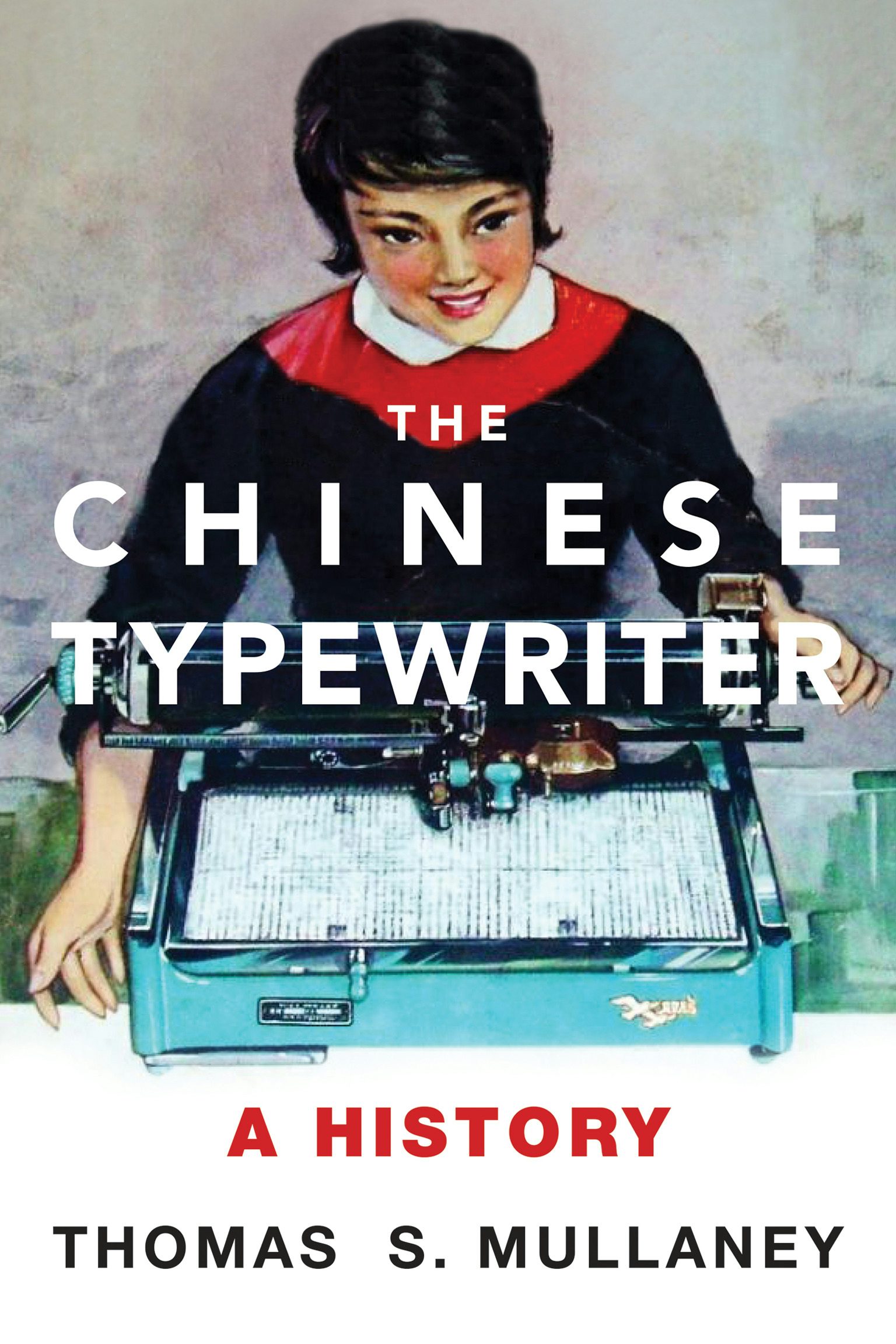The Chinese Typewriter: A History
 How Chinese characters triumphed over the QWERTY keyboard and laid the foundation for China’s information technology successes today.
How Chinese characters triumphed over the QWERTY keyboard and laid the foundation for China’s information technology successes today.
Chinese writing is character based, the one major world script that is neither alphabetic nor syllabic. Through the years, the Chinese written language encountered presumed alphabetic universalism in the form of Morse Code, Braille, stenography, Linotype, punch cards, word processing, and other systems developed with the Latin alphabet in mind. This book is about those encounters—in particular thousands of Chinese characters versus the typewriter and its QWERTY keyboard. Thomas Mullaney describes a fascinating series of experiments, prototypes, failures, and successes in the century-long quest for a workable Chinese typewriter.
The earliest Chinese typewriters, Mullaney tells us, were figments of popular imagination, sensational accounts of twelve-foot keyboards with 5,000 keys. One of the first Chinese typewriters actually constructed was invented by a Christian missionary, who organized characters by common usage (but promoted the less-common characters for “Jesus“ to the common usage level). Later came typewriters manufactured for use in Chinese offices, and typewriting schools that turned out trained “typewriter girls” and “typewriter boys.” Still later was the “Double Pigeon” typewriter produced by the Shanghai Calculator and Typewriter Factory, the typewriter of choice under Mao. Clerks and secretaries in this era experimented with alternative ways of organizing characters on their tray beds, inventing an input method that was the first instance of “predictive text.”
Today, after more than a century of resistance against the alphabetic, not only have Chinese characters prevailed, they form the linguistic substrate of the vibrant world of Chinese information technology. The Chinese Typewriter, not just an “object history” but grappling with broad questions of technological change and global communication, shows how this happened.
zum Buch im KatalogPlus
zum Buch auf der Verlags-Website
The object of Jewish literature: a material history
A history of modern Jewish literature that explores our enduring attachment to the book as an object.
With the rise of digital media, the „death of the book” has been widely discussed. But the physical object of the book persists. Here, through the lens of materiality and objects, Barbara E. Mann tells a history of modern Jewish literature, from novels and poetry to graphic novels and artists’ books. Bringing contemporary work on secularism and design in conversation with literary history, she offers a new and distinctive frame for understanding how literary genres emerge.
The long twentieth century, a period of tremendous physical upheaval and geographic movement, witnessed the production of a multilingual canon of writing by Jewish authors. Literature’s objecthood is felt not only in the physical qualities of books—bindings, covers, typography, illustrations—but also through the ways in which materiality itself became a practical foundation for literary expression.
zum Buch im KatalogPlus
zum Buch auf der Verlags-Website
Weitere Titel können Sie in unseren Neuerwerbungslisten für die Sprachen und Kulturen Asiens, Afrikas und Ozeaniens entdecken!
